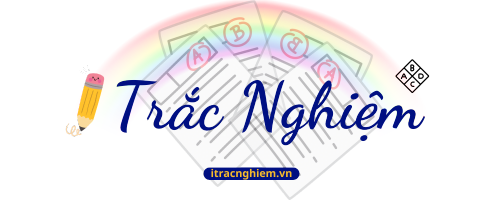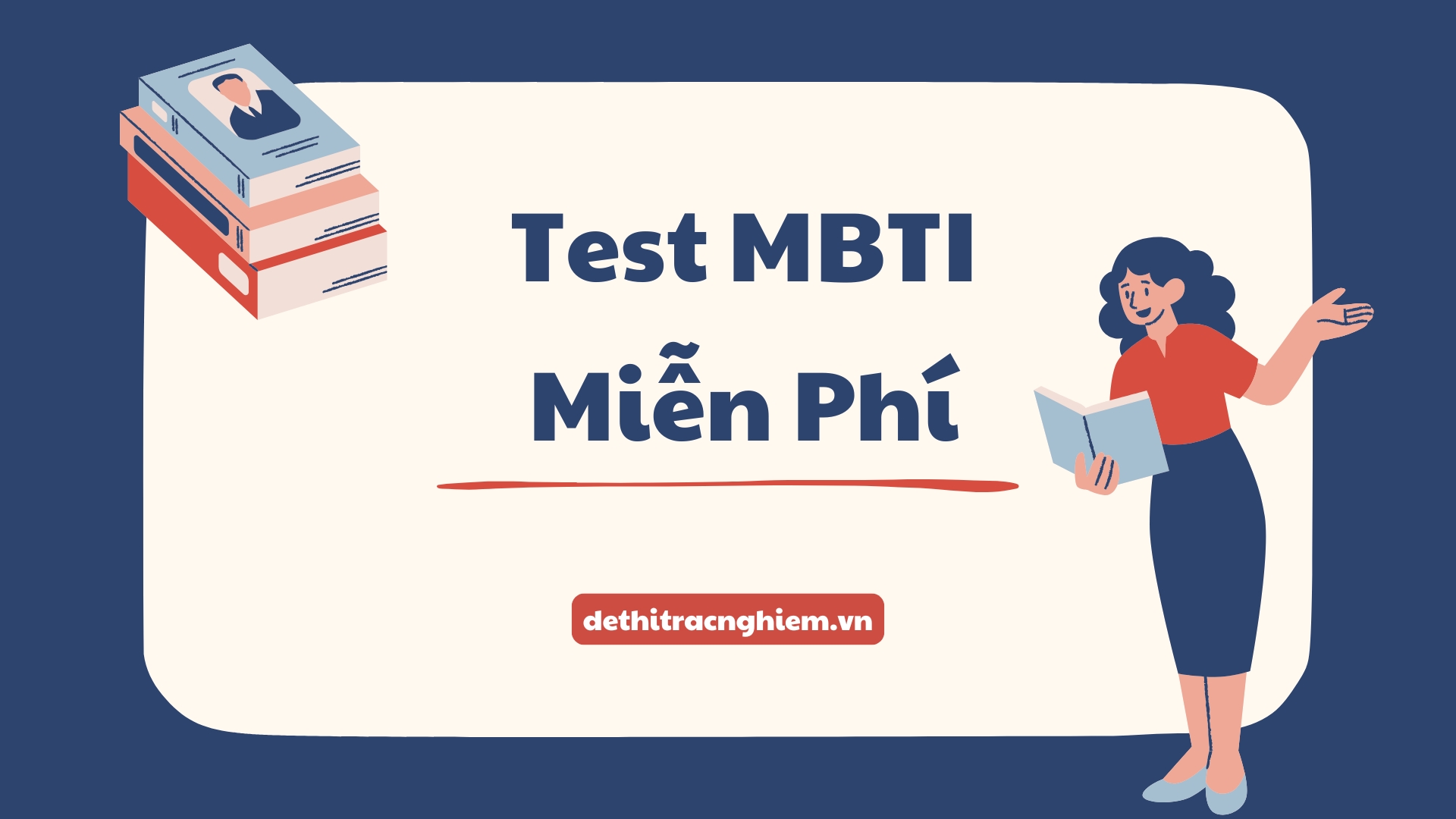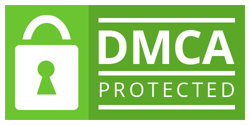Trắc Nghiệm Hành Vi Tổ Chức Tiếng Anh là bộ đề ôn tập môn Hành vi Tổ chức (Organizational Behavior) giảng dạy hoàn toàn bằng tiếng Anh, thuộc chương trình đào tạo ngành Quản trị Kinh doanh quốc tế tại Trường Đại học Ngoại thương – Cơ sở TP.HCM. Bộ đề do ThS. Phạm Thu Trang – giảng viên Khoa Quản trị Kinh doanh – biên soạn năm 2024, với mục tiêu giúp sinh viên làm quen với các khái niệm chuyên ngành bằng tiếng Anh, từ đó tăng khả năng đọc hiểu tài liệu học thuật. Nội dung đề bao phủ các chủ đề như hành vi cá nhân, hành vi nhóm, mô hình động lực, kỹ năng lãnh đạo và tác động của văn hóa doanh nghiệp trong môi trường tổ chức toàn cầu.
Trắc Nghiệm Hành Vi Tổ Chức trên nền tảng dethitracnghiem.vn là tài liệu đại học chuyên sâu hiệu quả cho sinh viên học chương trình bằng tiếng Anh hoặc định hướng hội nhập quốc tế. Các câu hỏi được phân loại theo từng chương, kèm đáp án và giải thích chi tiết bằng song ngữ Anh – Việt, giúp người học củng cố kiến thức chuyên môn lẫn kỹ năng ngôn ngữ. Ngoài ra, hệ thống cho phép làm lại đề, lưu đề yêu thích và theo dõi tiến độ học tập qua biểu đồ kết quả, rất phù hợp để sinh viên chủ động ôn luyện và chuẩn bị kỹ lưỡng trước kỳ thi giữa kỳ hoặc cuối kỳ.
Hãy cùng dethitracnghiem.vn tìm hiểu về đề thi này và tham gia làm kiểm tra ngay lập tức!
Trắc Nghiệm Hành Vi Tổ Chức Tiếng Anh
Question 1. What is the core objective of studying Organizational Behavior?
A. To understand, predict, and influence behaviors within a workplace context.
B. To focus exclusively on the implementation of corporate financial strategies.
C. To replace all forms of managerial intuition with purely scientific data.
D. To primarily document the historical development of management theories.
Question 2. A manager analyzing how an individual employee’s personality influences their job performance is operating at which level of OB analysis?
A. The individual level.
B. The group level.
C. The organizational system level.
D. The societal level.
Question 3. Which of the following best describes the “affective” component of an attitude?
A. A belief or opinion about the way things are.
B. An intention to behave in a certain way toward someone or something.
C. The emotional or feeling segment of an attitude.
D. The value judgment placed upon a specific outcome.
Question 4. Cognitive Dissonance refers to the state of discomfort experienced when an individual holds:
A. A single, strongly held belief that is unpopular.
B. A positive attitude towards their job but receives low pay.
C. Two or more contradictory beliefs, values, or attitudes.
D. A neutral feeling about a significant organizational change.
Question 5. In the Big Five Personality Model, the dimension that refers to an individual’s propensity to be responsible, dependable, and organized is known as:
A. Extraversion.
B. Conscientiousness.
C. Emotional Stability.
D. Openness to Experience.
Question 6. A manager who is pragmatic, maintains emotional distance, and believes that the ends can justify the means is exhibiting traits of:
A. High Machiavellianism.
B. High Self-Monitoring.
C. A Type A Personality.
D. A Proactive Personality.
Question 7. The process by which individuals organize and interpret their sensory impressions to give meaning to their environment is called:
A. Decision Making.
B. Emotional Labor.
C. Attitude Formation.
D. Perception.
Question 8. The “fundamental attribution error” suggests that we have a tendency to:
A. Attribute our own successes to external factors.
B. Overestimate the influence of internal factors when judging others.
C. Judge others based on our perception of their social group.
D. Underestimate the influence of internal factors when judging others.
Question 9. According to Herzberg’s Two-Factor Theory, which of the following is considered a “motivator” rather than a “hygiene factor”?
A. Recognition and achievement.
B. Company policy and administration.
C. Salary and financial compensation.
D. Supervision and working conditions.
Question 10. In Maslow’s Hierarchy of Needs, what is the highest level of need that an individual strives to achieve?
A. Self-actualization.
B. Esteem.
C. Social belonging.
D. Safety and security.
Question 11. Expectancy Theory proposes that an employee’s motivation is an outcome of how much they value a reward (Valence), their assessment of the likelihood that effort will lead to expected performance (Expectancy), and:
A. The organizational culture supporting high achievement.
B. The belief that performance will lead to the desired reward (Instrumentality).
C. The degree of equity they perceive in the workplace.
D. The level of job satisfaction they currently experience.
Question 12. A manager implementing a “pay-for-performance” program is most directly applying the principles of which motivation theory?
A. Maslow’s Hierarchy of Needs.
B. Herzberg’s Two-Factor Theory.
C. Vroom’s Expectancy Theory.
D. McClelland’s Theory of Needs.
Question 13. Which stage of the five-stage group development model is characterized by significant intragroup conflict and resistance to constraints?
A. Forming.
B. Norming.
C. Performing.
D. Storming.
Question 14. The tendency for individuals to expend less effort when working collectively than when working individually is known as:
A. Groupthink.
B. Groupshift.
C. Role conflict.
D. Social loafing.
Question 15. A team composed of employees from the same hierarchical level but from different work areas, who come together to accomplish a task, is best described as a:
A. Self-managed work team.
B. Cross-functional team.
C. Problem-solving team.
D. Virtual team.
Question 16. Which of the following is a primary advantage of oral communication over written communication?
A. It provides a verifiable and permanent record of the exchange.
B. It is generally more thoughtful, logical, and carefully constructed.
C. It is the most effective method for conveying complex and detailed information.
D. It allows for immediate feedback and clarification of ambiguity.
Question 17. A transactional leader is most likely to motivate followers by:
A. Inspiring a shared vision and a higher sense of purpose.
B. Exhibiting extraordinary personal abilities and charisma.
C. Establishing goals and clarifying roles and task requirements.
D. Empowering followers to act independently and creatively.
Question 18. According to the Fiedler contingency model, a leader’s effectiveness depends on the match between their leadership style and:
A. The degree of situational control and influence they possess.
B. The leader’s ability to inspire and articulate a vision.
C. The readiness and willingness of their followers.
D. The ethical climate established within the organization.
Question 19. A manager’s ability to influence behavior based on their formal position within the organizational hierarchy is known as:
A. Expert Power.
B. Legitimate Power.
C. Referent Power.
D. Coercive Power.
Question 20. Which type of power is based on identification with a person who has desirable resources or personal traits?
A. Reward Power.
B. Legitimate Power.
C. Expert Power.
D. Referent Power.
Question 21. The conflict-handling intention that involves a party attempting to satisfy the other party’s concerns without regard to their own is known as:
A. Accommodating.
B. Competing.
C. Collaborating.
D. Avoiding.
Question 22. In a negotiation process, the “BATNA” (Best Alternative To a Negotiated Agreement) represents:
A. The first offer made by the opposing party.
B. The target point or ideal outcome for the negotiation.
C. The lowest acceptable value for an individual in a negotiation.
D. A common ground for both parties to start the discussion.
Question 23. Which term refers to a system of shared meaning held by members that distinguishes the organization from other organizations?
A. Organizational Structure.
B. Organizational Culture.
C. Formalization Policy.
D. Work Specialization.
Question 24. In the context of creating an ethical organizational culture, what is a key role of management?
A. To focus solely on developing strict, written codes of conduct.
B. To act as visible role models and reward ethical behavior.
C. To assume that employees will naturally behave ethically.
D. To eliminate all performance appraisal systems.
Question 25. According to Lewin’s Three-Step Model of change, the “unfreezing” stage involves:
A. Implementing the planned change intervention.
B. Reinforcing and stabilizing the new state of affairs.
C. Creating a new set of rules for the organization.
D. Overcoming the pressures of both individual and group conformity.
Question 26. Which of the following is a common source of individual resistance to organizational change?
A. A desire for new and challenging work opportunities.
B. The fear of the unknown and loss of job security.
C. The belief that change will lead to higher rewards.
D. An organization’s limited financial resources for training.
Question 27. An organizational development (OD) technique that uses questionnaires to identify discrepancies among member perceptions, followed by discussion and problem-solving, is called:
A. Survey feedback.
B. Process consultation.
C. Team building.
D. Intergroup development.
Question 28. A change agent is best described as a person who:
A. Acts as a catalyst and assumes responsibility for managing change activities.
B. Formally resists any new initiatives proposed by top management.
C. Documents the history of past organizational changes.
D. Focuses exclusively on the financial implications of change.
Question 29. What is a primary force that stimulates the need for organizational change?
A. A stable and predictable market environment.
B. A long-standing tradition of internal processes.
C. The changing nature of the workforce and technology.
D. A high degree of employee satisfaction with the status quo.
Question 30. Stabilizing a change intervention by balancing driving and restraining forces is known as what stage in Lewin’s model?
A. Unfreezing.
B. Refreezing.
C. Movement.
D. Transformation.




